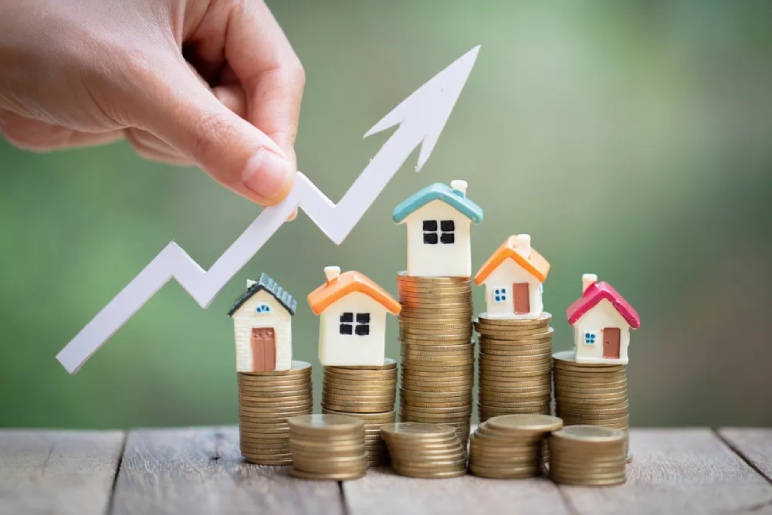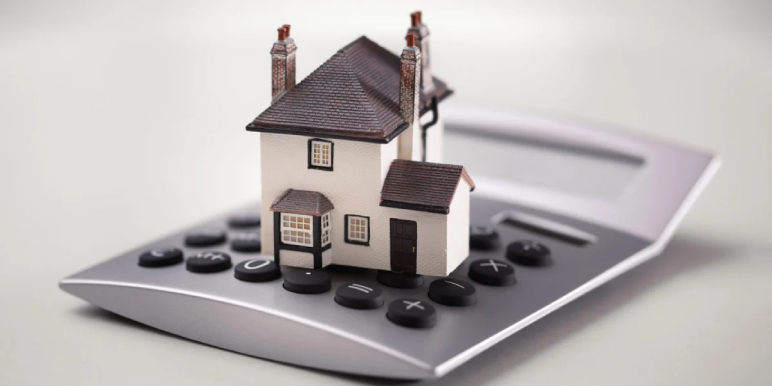In the realm of real estate investing, determining the After Repair Value (ARV) is a crucial step in assessing the potential profitability of a property. ARV represents the estimated value of a property after it undergoes necessary renovations or repairs. Calculating the ARV requires a combination of market analysis, property assessment, and an understanding of the local real estate landscape.
What is After Repair Value (ARV)?

The ARV is essentially the projected worth of a property after it has been renovated or improved. Real estate investors, especially those engaged in flipping properties, rely on this metric to make informed decisions about their investments. It serves as a foundational element in evaluating whether the cost of purchasing and renovating a property aligns with the potential selling price in the current market.
Steps To Calculate ARV:

1. Research the Current Market:
Begin by researching the current real estate market in the property’s location. Analyze recent sales of similar properties in the area, focusing on those that have been renovated or are in comparable condition to the one you are evaluating.
2. Identify Comparable Properties (Comps):
Identify comparable properties, or “comps,” that have similar features, size, location, and condition to the property in question. These recent sales will serve as benchmarks for estimating the potential ARV.
3. Assess the Property’s Current Condition:
Evaluate the property’s current condition to understand the scope of necessary repairs or renovations. This assessment is critical in estimating the costs required to bring the property up to the standards of the comparable properties used for comparison.
4. Estimate Repair Costs:
Create a detailed list of the necessary repairs and renovations. Obtain quotes from contractors or use reliable estimates to determine the total cost of these improvements.
5. Calculate the ARV:
Once you have gathered data on comparable properties, estimated repair costs, and the current market conditions, use the following formula to calculate the ARV:
mathematica
Copy code
ARV = (Comparable Sales Price 1 + Comparable Sales Price 2 + … + Comparable Sales Price N) / Number of Comps
For example, if you have three comparable properties that recently sold for $200,000, $210,000, and $205,000 respectively, the sum would be $615,000. If you divide this by three (the number of comps), the calculated ARV would be $205,000.
Factors Impacting ARV Calculation:
Several factors can influence the accuracy of the ARV calculation:
- Location: The property’s location significantly impacts its value. Properties in desirable neighborhoods tend to have higher ARVs.
- Market Trends: Fluctuations in the real estate market can affect property values. A seller’s market might inflate ARV, while a buyer’s market could lower it.
- Quality of Renovations: The quality of renovations and improvements made to the property plays a vital role in determining its ARV.
- Property Size and Features: Larger properties or those with unique features might command higher ARVs compared to smaller or standard homes.
Importance of ARV in Real Estate Investing:
Understanding and accurately calculating the ARV is crucial for real estate investors for several reasons:
- Investment Decision-making: It helps investors assess whether a property is worth purchasing, factoring in the costs of repairs and potential selling price.
- Maximizing Profits: Knowing the ARV enables investors to determine the maximum purchase price they should pay to ensure a profitable resale after renovations.
- Securing Financing: Lenders often consider the ARV when providing loans for property investments, as it helps them assess the property’s potential value post-renovation.
Risks and Challenges:
While calculating the ARV is a valuable tool, it comes with risks and challenges:
- Inaccurate Comparables: Relying on inaccurate or insufficient comparable properties can lead to an incorrect ARV estimate.
- Unforeseen Costs: Underestimating repair costs or encountering unexpected issues during renovations can impact the overall profitability.
- Market Fluctuations: Changes in the real estate market can quickly alter property values, affecting the accuracy of ARV calculations.
Conclusion:
The After Repair Value (ARV) serves as a guiding metric for real estate investors, aiding in informed decision-making and maximizing profits. Through meticulous market research, property assessment, and consideration of various factors, investors can make more accurate estimates of a property’s potential worth post-renovation. However, it’s essential to approach ARV calculations with caution, acknowledging the potential risks and staying updated with market fluctuations to make sound investment choices.
Additional:
- Canada Real Estate – Why Is Real Estate So Expensive In Canada
- Atlanta Real Estate Market – How Is The Real Estate Market In Atlanta
- Florida Real Estate Market – How Is The Real Estate Market In Florida

